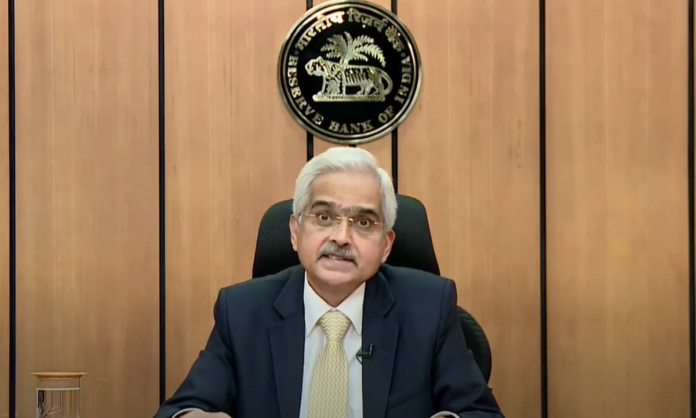The Reserve Bank today increased the repo rates by half a percentage point, the rate hike has come into effect with immediate effect. Repo rate is the rate at which the Reserve Bank gives short-term loans to other banks.
With the increase in repo rates, it is clear that the cost of raising money by the banks will also increase and they will pass it on to their customers. This means that the EMI of your loan is going to increase soon . It is for you banks to decide for themselves how they will go ahead with this hike, but it is likely that with more than one hike, the effect of this hike in repo rates will reach the customers at some point in time. Let us tell you how much your EMI will increase if your loan rates increase by half a percent.
What will be the effect of increasing half percent
On a home loan of Rs 30 lakh for 20 years, the EMI of the customers will increase by Rs 1680. According to the data given by HDFC, the EMI on this loan at the rate of 7.55 percent will be Rs 24260 with an interest of Rs 28 lakh. If a person takes a loan after increasing the rates by half a percentage, then he will have to pay an EMI of 25940 on this loan and his loan share will increase to 32 lakhs. That is, the EMI at the new rates will increase by Rs 1680 per month and in 20 years, the new customer will have to pay an additional interest of Rs 4 lakh.
Check Latest Rates Here
Shaktikanta Das said that many institutions from IMF to IMF have predicted the rapid growth of our economy and it will grow the fastest. In addition to the repo rate, the RBI has increased the SDF from 4.65 percent to 5.15 percent. Apart from this, the Marginal Standing Facility Rate (MSF) has been increased from 5.15 per cent to 5.65 per cent.
What is Repo Rate?
Significantly, repo rate is the rate at which the bank is given loan by RBI and on the basis of this, banks give loan to customers, whereas reverse repo rate is the rate at which RBI gives them loan on deposits from banks. pays interest. In such a situation, when the RBI increases the repo rate, the burden on the banks increases and on behalf of the bank then the loan is expensive in the bank rate.













